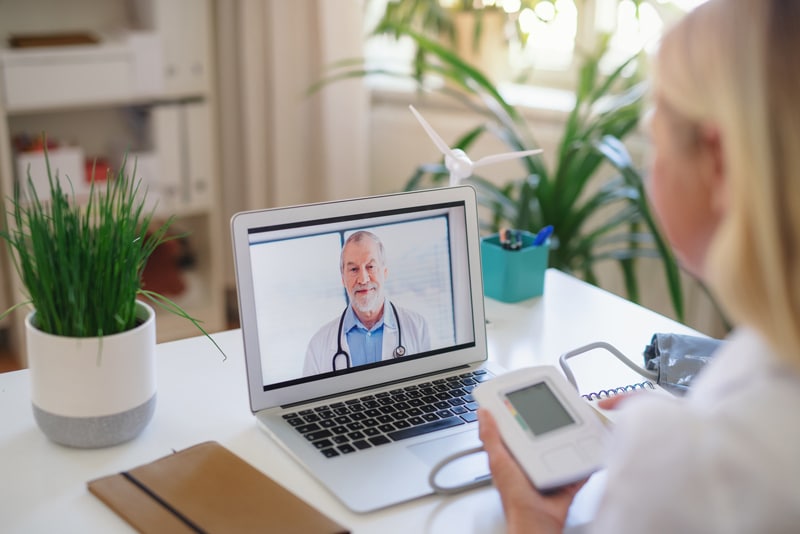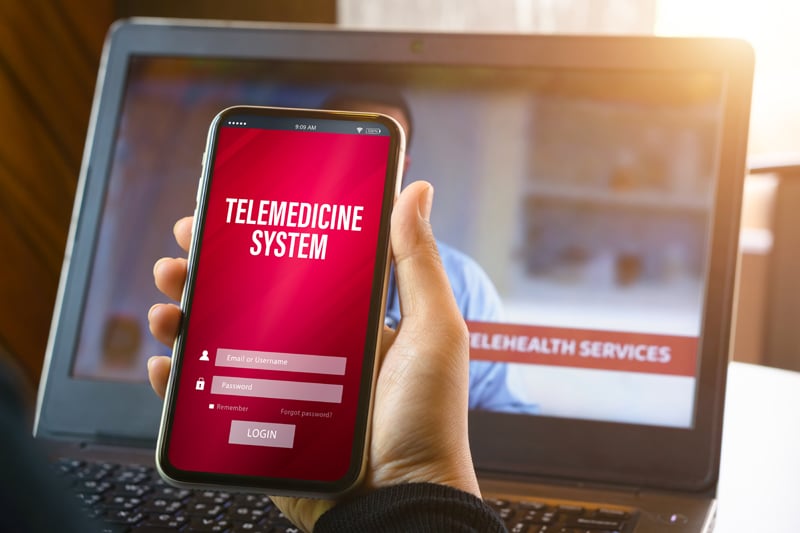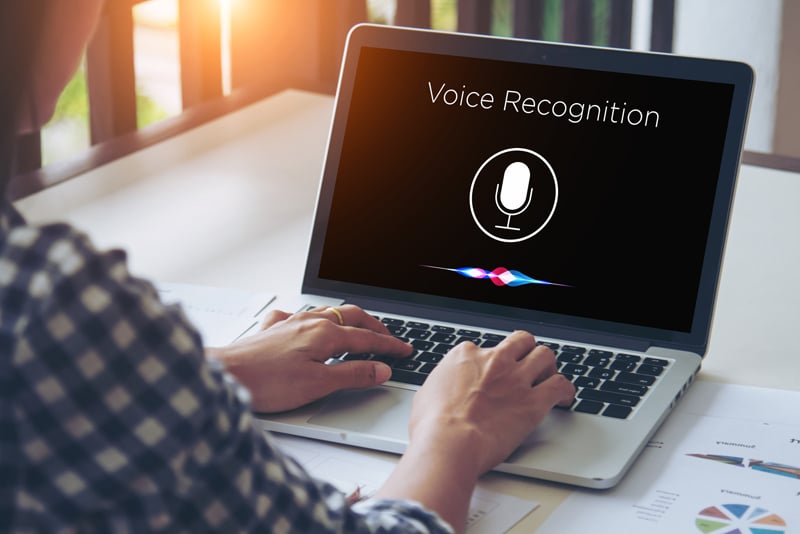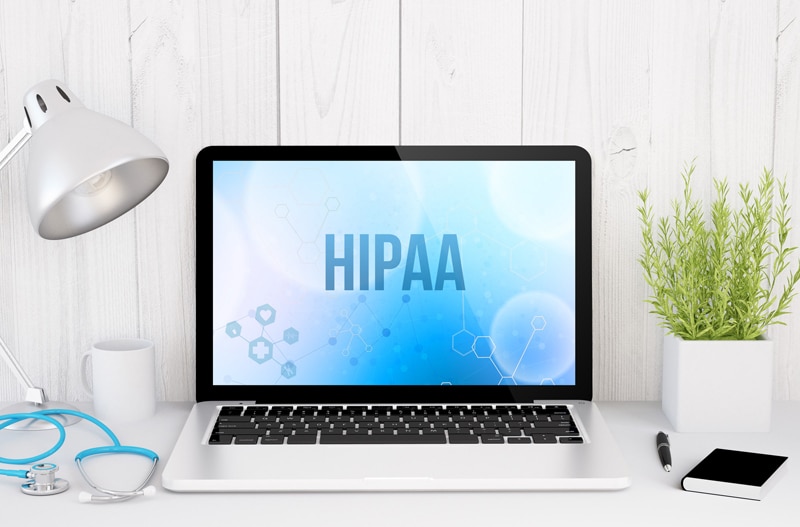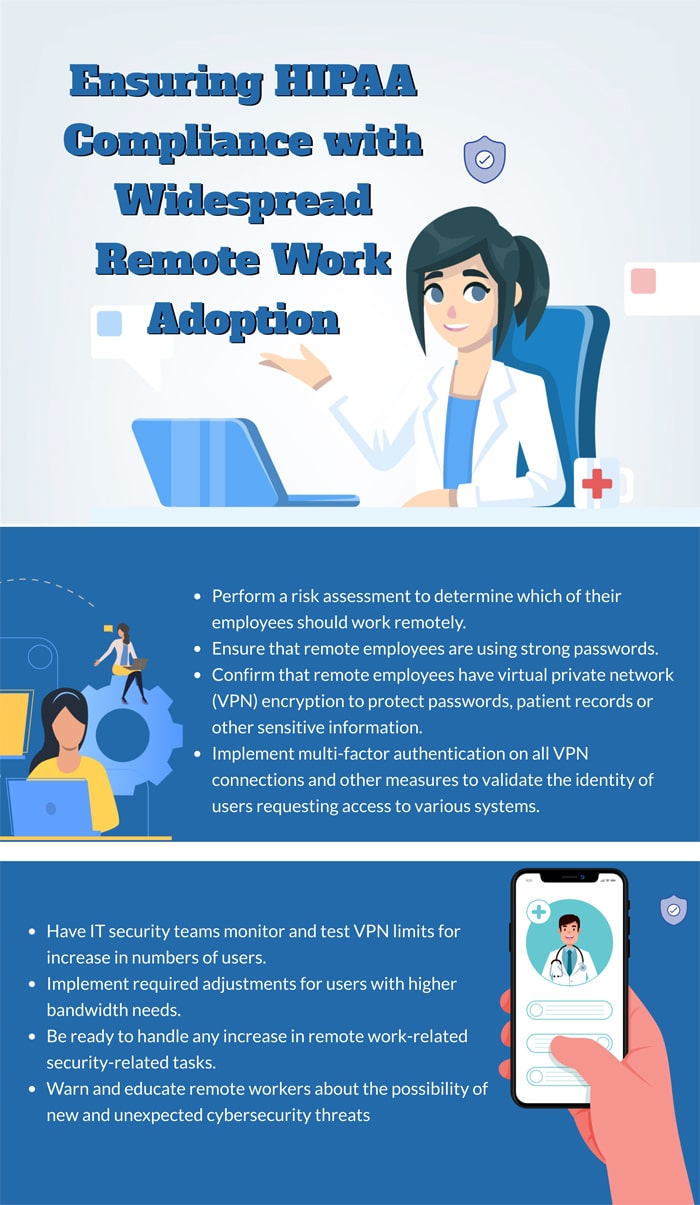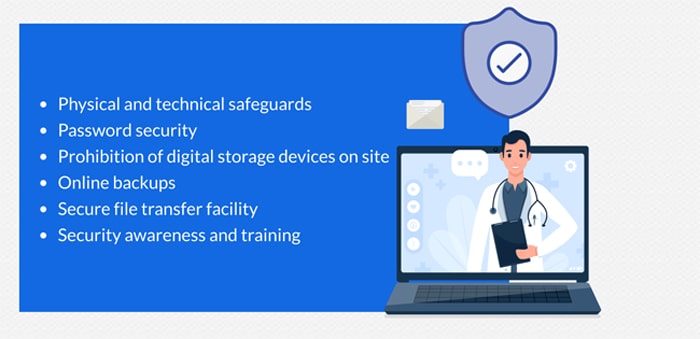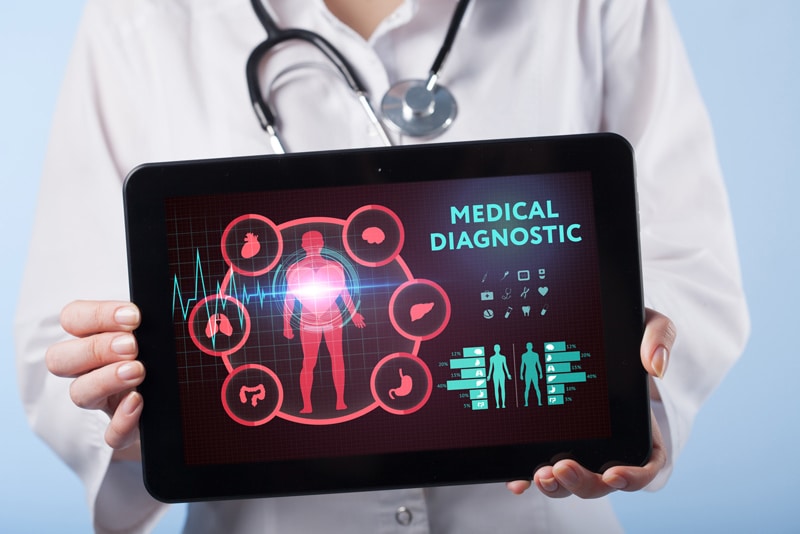
When a health emergency like COVID-19 arises, people are instructed to stay at home and minimize social contact. This is a difficult time, especially for patients who need to visit their doctors. Thankfully, this problem is addressed to some extent with advanced technology such as telemedicine. Virtual doctors and telehealth are now available that can provide quality patient care to remote patients. Telehealth is making its mark across the globe and it is an innovative service that helps patients seek medical assistance at any time. Many doctors now extend their service virtually through the internet to a broader audience and patients can access doctors through emails, or video conferencing or even telephonic conversation. Any recordings, whether audio or video can be transcribed into accurate patient records with the help of medical transcription services.
Several people are having their first experience with telemedicine due to the pandemic. With more and more healthcare units investing in digital health start-ups, including telemedicine providers, it’s a good time to ask how exactly telehealth will change the way we receive medical care.
- Using Zoom: People often understand telehealth as a way of talking to doctors over a phone or laptop. But it is more fundamental than that. According to American Well founder and CEO Dr. Roy Schoenberg, telehealth is a system where the patient faces the front end of the healthcare system and helps in interacting with the patients digitally. In the coming years the narrow set of things that doctors can provide via Zoom may expand to include a wide spectrum of services that apps and connected devices can offer.
- Connecting Medical Devices: A doctor may not be able to listen to the patient’s heartbeat when using telemedicine technology. But the doctor might be able to guide patients to take their blood pressure that can be uploaded later. The diabetes management company One Drop sells a kit and app for measuring the blood sugar levels and reporting the data to a doctor. Similarly, a medical-grade EKG that detects atrial fibrillation, bradycardia, or tachycardia in 30 seconds, with some help from the company’s AI algorithms, FDA-approved connected otoscopes, which help physicians look inside your ear, wearable blood glucose monitor etc are connected health gadgets that can be integrated with telemedicine to provide advanced patient care.
- Remote Healthcare Kits: Some healthcare companies are making healthcare kits of connected diagnostic devices that can be integrated with traditional telemedicine. GALE from Silicon Valley-based 19Labs looks like a small medical chest with many connected medical devices hidden inside like a stethoscope, pulse oximeter, digital thermometer, and otoscope. A built-in display shows remote doctor visits and recorded How-Tos for using the equipment and treating specific illnesses. Similarly, in New York, TytoCare is making a handheld health monitoring device with attachments that can transform it into different diagnostic devices. All these remote healthcare kits make consultation easier and helps provide appropriate treatment to the patients.
- After the Consultation: Follow-up appointments are a challenge in the healthcare industry but this is an opportunity for telehealth. Treatment plans often become ineffective when patients skip follow-up appointments. Patients start taking the medicine and after some days they start feeling better and may skip follow-ups. This is when patients stop taking medicines, stops monitoring symptoms and they fall sick again. However, with telemedicine, patients can keep up with follow-up visits and it helps to keep patients on track.
- Look Beyond Wealth: Medication adherence has always been a problem in healthcare and there’s still no standard way of knowing if people are following the directions on the pill bottle. But with time we can expect a digital health integration with a pharmacy system that informs doctor when a patient fails to fill prescription. Modern smart watches have gradually added data-collecting sensors that could be useful for caregivers. But these devices have always remained as a symbol of wealth and not for people who are diabetic or have a heart problem. This can be changed only of the patient sees these wearable devices as an extension of doctor’s stethoscope.
- New Approach with AI: Wearables give precise measurements and there will be more start-ups that specialize in receiving and analyzing data to the caretakers using a dashboard. Their software products even integrate biometrics data with other patient information from the electronic health record, then apply AI to the data set to look for patterns. Insights from these analyses can trigger a video call to the patient before anything bad happens.
The world is witnessing rapid transformation in many industries including healthcare. Telehealth is treatment of patients by means of telecommunication and with medical transcriptions services physicians can maintain accurate patient records. Telehealth is one such development, when integrated with other devices helps doctors carry out remote diagnosis and provide better patient care. Telemedicine has gained popularity during these COVID days as it provides clinical service to remote patients. It helps to stay compliant with the social distancing requirement, while also providing the necessary health services to patients.
